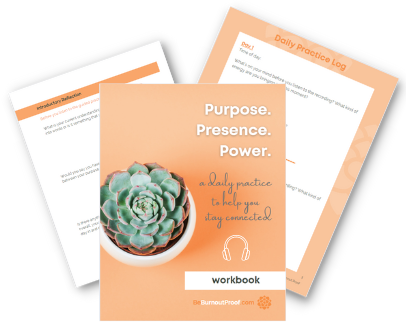Sleep Leadership
2022.01.21
The term “sleep leadership” is one I hadn’t encountered before this BBC article “Can Sleep Leadership Help Banish Burnout?” Basically it is about leaders normalizing talking about good sleep hygiene, modeling getting enough sleep (by talking about it and taking actions consistent with it like not sending emails late at night), and prioritizing policies that support employee’s sleep.
I’ve wholeheartedly bought into this concept for at least a decade (though I'd probably call it something different) and I’m glad to see it gaining momentum. It’s a natural extension to the research showing the importance of sleep for leaders (a new article comes out every few months – here’s one as an example).
Becoming a Sleep Leader
I offer you two avenues to explore regarding your own sleep. Both provide fruitful ground for discussion with others.
1. Figure Out How to Routinely Get a Good Night’s Sleep
If you don’t wake up a couple of minutes before your alarm and feeling well-rested most days, check out How to Get a Good Night’s Sleep. It’s a back-to-basics reminder of helpful sleep hygiene tactics.
2. Explore Your Relationship to Sleep
Since you’ve been sleeping your whole life, you’ve likely got an interesting relationship to it. But perhaps you’ve never stopped to examine it before.
Your Relationship to Sleep
Take a half an hour and reflect on the following.
Which sentiment do you most closely identify with? --- Sleep is a nuisance and takes away from me achieving more. --- My life is hectic and I yearn for more sleep, but it’s just not possible given my commitments. --- I’ve never given much thought to sleep.
Why do you think that is?
To what extent is sleep a priority in your life?
What choices do you make daily that positively or negatively impact the quality and duration of your sleep?
Given your current stage in life, how do your responsibilities impact your sleep?
What kind of extenuating circumstances do you face that impacts your sleep?
What do you remember about your sleep experience and the messages you received about it during your childhood? Adolescence? Early adulthood?
How has your relationship to sleep changed or remained the same over time?
If you could change one thing about your relationship to sleep, what would it be?
How does your organization’s or team’s culture promote, distract from, or discourage good sleep hygiene?
Sleep Leadership at the Organizational Level
If you are in a position to do so, explore possible changes to your organization’s policies or norms that impact employee sleep. For example,
- allowing staff to book flights that align with their sleep preferences so they don’t have to get up too early or get home too late, even if it means an extra night of a hotel or a flight that isn't the cheapest.
- norms around sending emails at night.
- nap amenities or permission/encouragement to nap at work.
- making sure the organization’s health insurance covers sleep studies.
- add sleep education to wellness programming.
- allow for comp days or time off for travel or events when they happen on the weekends or evenings.
Parting Thoughts
As a leader or emerging leader, I challenge you to figure out what it would take for you to demonstrate sleep leadership – starting from where you are today. That is, you don’t need to be the poster child for perfect sleep before you can be a sleep leader. You just need to be willing to share your own experience and to nonjudgmentally listen to others’ journeys.
Upon reflection, what are 1 to 3 things you could do next week to begin your evolution into sleep leadership?
